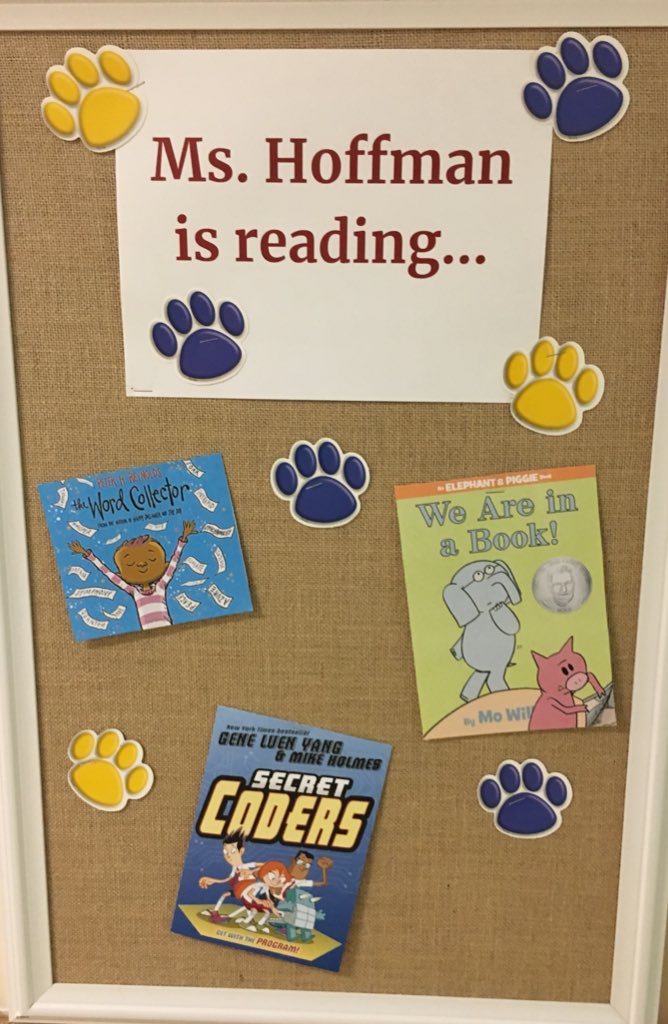Easy (and fun) Ways to Create a Literacy-Rich School Environment
Charlotte's Web, Harry Potter, Bridge to Terabithia... what was the book that hooked you on reading? Educators have an opportunity and a responsibility to make diverse books accessible to all students. This year, we have taken some simple steps at my school to create a literacy-rich environment. I hope you will share what you are doing in your school or classroom so we can all work toward matching students with the right books to igniting a love of reading.
1. Diversify Your Library:
Grace Lin, children's book author, said in her TEDx Talk, "Kids need books to be mirrors and kids also need books to be windows." Students need to see themselves in the books we make available to them. And they also need to see people who are different from them. What better way to learn about empathy than through children's literature? Click here for her TEDx Talk.
 2. Stay Current:
2. Stay Current:In order to put the right book in the hands of a reluctant reader, we as adults need to know our students and be experts in children's literature. We need to familiarize ourselves with a variety of genres, authors, and titles. So while I wouldn't typically pick up a graphic novel about coding, I do realize that this may be the book that hooks one of our students. Set aside 10 minutes each day to read children's literature.
3. Create Agency:
- Teach students to check out and return their own books at the school library.
- Allow students to create labels for classroom library book bins. In doing so, they can discover the collection and learn about different genres. They are also more likely to take ownership of the library and return the books to their correct places.
- Create book stacks for students to give them choice with when selecting a book.
- Involve students in decisions about ordering and displaying books.
4. Send Books Home:
Not all families are able to borrow books from the local library due to a number of challenges. Why do many school libraries limit students to one book per week? Yes, there's always a chance the books won't be returned, but the money lost pales in comparison to the cost of reading interventions. Let's get the books off of the library shelves and into the hands of students. This is a social justice issue; all students need to have easy access to lots of books.
5. Share, Share, Share!
- Record short book talks (students and staff) and use QR codes for viewers to easily access the videos.
- Utilize morning announcements to read aloud a portion of a book, share favorite titles, or remind students to check out books at the library.
- Create displays to show what the adults in the building are reading.
- Set up mobile libraries on old AV carts in the hallways.
- Create a display of favorite books for a mystery staff member (courtesy of @WinAtJohnsonLib )

6. March Book Madness:
In 2015, Tony Keefer (@TonyKeefer) and Scott Jones (@escott818) began selecting 16 picture books each year to compete head-to-head in a bracket-type tournament. Not only does this create excitement around reading, but it also provides students with many shared reading experiences and opportunities to talk about books. This is the big dance of books! Check out the 2018 bracket:
Mildred Taylor's Roll of Thunder, Hear My Cry was the first book I loved. It was the first book that left me with that tinge of sadness when it ended and a desire to keep reading. How can we help students discover the magic of reading sooner? What are you doing to put the right books in the hands of your students?




Comments
Post a Comment